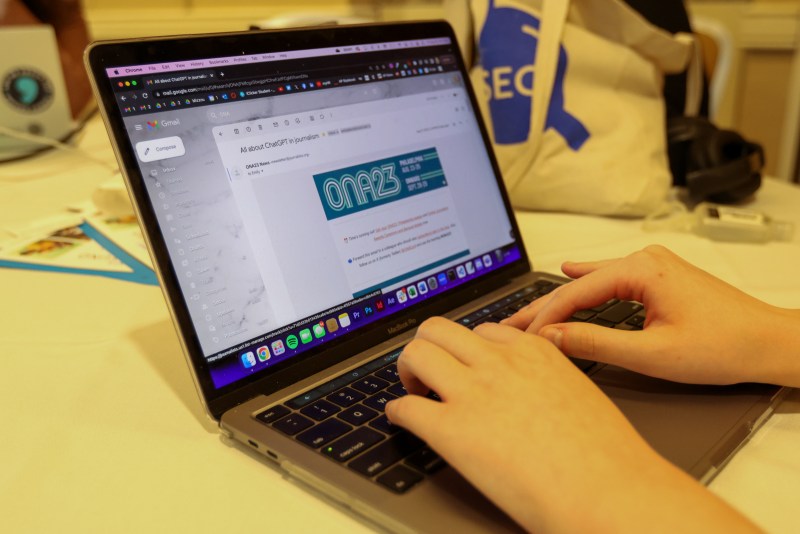News organizations are growing their own platforms to distribute their content to readers. Newsletters, apps and push notifications create a set of data owned by the outlet, helping it become less reliant on tech companies to reach and understand its audience.
This growth comes as changes from social media platforms are shaking up the way content is distributed. In 2018, Facebook deprioritized content from media organizations in its algorithm. And this week, X, formerly Twitter, will remove headlines from links posted to the site.
“Search and social is still a huge focus for us, of course, you know, we’re going to diversify our traffic sources,” said Rubina Madan Fillion, the director of strategy for New York Times Opinion. “But it’s incredibly important to have a direct relationship with our readers.”
Distancing data and distribution from tech
A newsroom that collects first-party data through its own products can always rely on this audience information, said Leezel Tanglao, the assistant managing editor for digital at the Dallas Morning News.
“What if there was a scenario that Meta or X decide, ‘Hey, you know what, actually we don’t want to do this anymore,’” Tanglao said. “Then, there goes like a whole treasure trove of audience data that could have been leveraged to try to have a better understanding of what your segments are.”
Creating internal products can also make distribution easier, developing a direct line of communication between a reader and a news organization.
“We’re not as beholden to algorithms that we can’t control when we have our own products that we’re rolling out,” Fillion said.
Build reader habits through native platforms
While creating internal platforms for reader connection can be valuable in generating data, it can also help achieve business goals. A study from Northwestern’s Medill Local News Initiative found that building habits with readers is one of the most important predictors of subscription retention at small and large outlets.
“Having that direct relationship with readers was the most important factor for driving membership and for driving donations, and having a relationship with subscribers as well,” Fillion said.
The New York Times recently launched its own audio app, where it posts various audio products, including The Headlines, a short, 10-minute recap of top stories from NYT reporters. Fillion said the app was launched because readers were already used to coming to NYT apps daily. The audio app was a way to introduce them to new products and continuously come back for all of NYT’s audio projects, not just one podcast.
“It just seemed like a way of getting people back to our Times journalism and exploring other properties within The Times as well,” Fillion said.
Newsletters are also an effective way to directly reach a target audience and build daily habits. Newsletters can resemble the audience habits of print newspapers because they regularly come to a reader’s inbox, said Ellie Miller, the director of newsletters at Hearst Newspapers.
“Unless you physically get the copy of the paper, which is increasingly uncommon, newsletters are the thing that most directly speaks to leaders most of the time,” Miller said.
As newsletters have evolved, so have reader expectations. Often, Miller said newsletter subscribers want to see a curated collection of stories with context in their inbox about niche topics.
“There’s a lot of advantage in trying to hone in who your audience is aiming for, or who you’re aiming at with specific newsletters,” she said.
Don’t give up on social just yet
Even as newspapers seek to develop their own platforms to engage with readers, experts cautioned against completely abandoning social and search traffic, especially if your audience already lives on certain social platforms.
“I think that it’s super dangerous to put all your eggs in one basket,” Tanglao said. “I think we take the same kind of multi-platform approach, just like our other peers in different markets, where you really have to look at where your audience is.”






